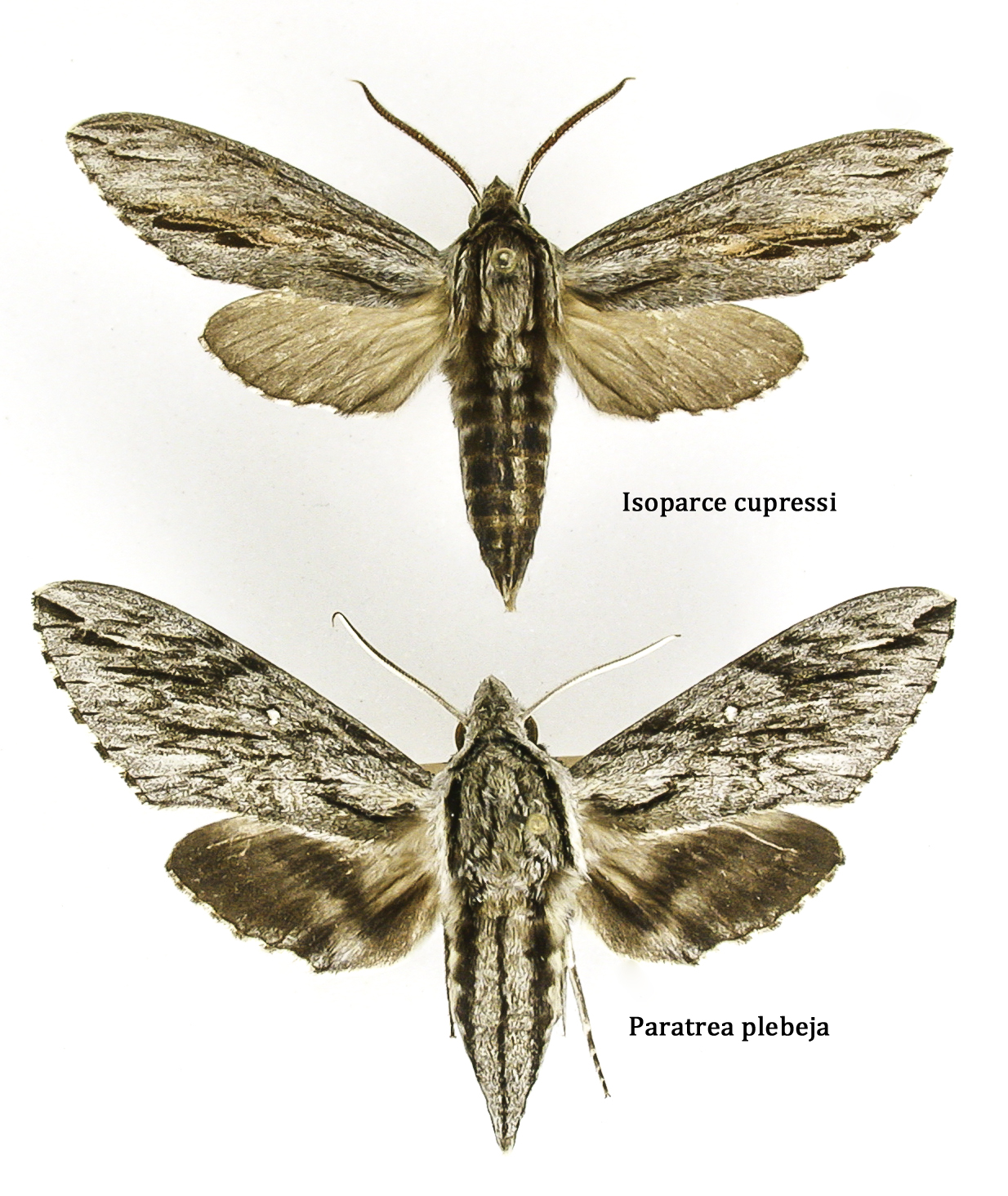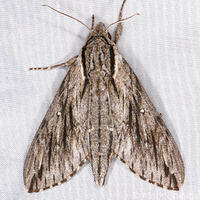
| Recorded by: R. Newman on 2025-09-16
Carteret Co.
Comment: | 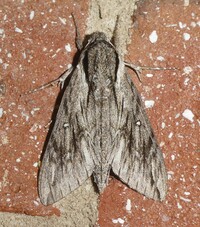
| Recorded by: Simpson Eason on 2025-08-24
Durham Co.
Comment: |
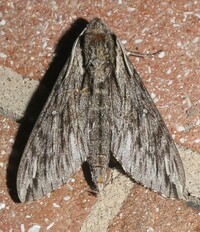
| Recorded by: Simpson Eason on 2025-08-24
Durham Co.
Comment: | 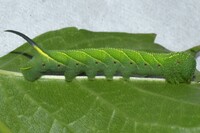
| Recorded by: Jeff Niznik, David George on 2025-08-10
Durham Co.
Comment: |
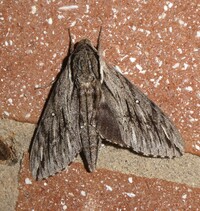
| Recorded by: Simpson Eason on 2024-08-28
Durham Co.
Comment: | 
| Recorded by: ASH on 2024-08-09
Yancey Co.
Comment: |

| Recorded by: K. Bischof on 2024-08-04
Transylvania Co.
Comment: | 
| Recorded by: K. Bischof on 2024-08-04
Transylvania Co.
Comment: |

| Recorded by: K. Bischof on 2024-08-04
Transylvania Co.
Comment: | 
| Recorded by: R. Newman on 2024-07-29
Carteret Co.
Comment: |
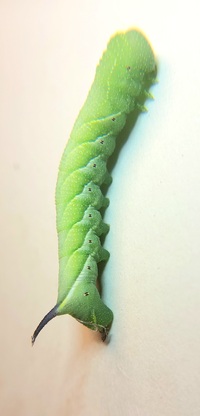
| Recorded by: Mark Basinger and Donald Zepp on 2024-05-31
Johnston Co.
Comment: | 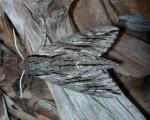
| Recorded by: R. Newman on 2024-04-06
Carteret Co.
Comment: |
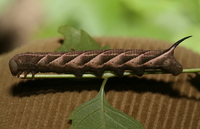
| Recorded by: David George, Jeff Niznik on 2023-09-16
Durham Co.
Comment: | 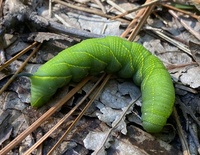
| Recorded by: David George, Becky Watkins on 2023-09-10
Durham Co.
Comment: |
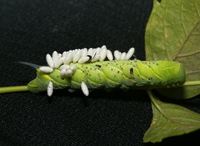
| Recorded by: David George on 2023-09-08
Durham Co.
Comment: | 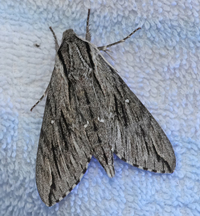
| Recorded by: John Petranka, Chuck Smith on 2023-05-12
Bladen Co.
Comment: |
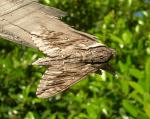
| Recorded by: R. Newman on 2023-05-01
Carteret Co.
Comment: | 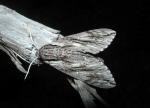
| Recorded by: R. Newman on 2023-03-31
Carteret Co.
Comment: |
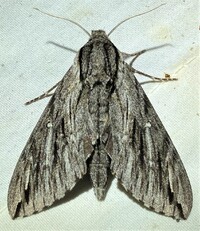
| Recorded by: Dean Furbish on 2022-09-01
Wake Co.
Comment: | 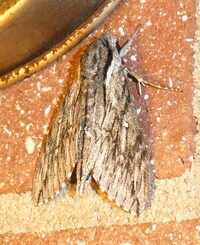
| Recorded by: Simpson Eason on 2022-08-21
Durham Co.
Comment: |
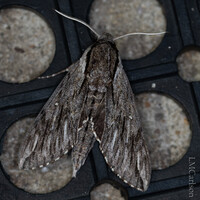
| Recorded by: David George, L. M. Carlson on 2022-05-31
Durham Co.
Comment: | 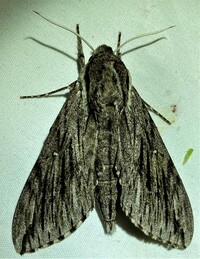
| Recorded by: Dean Furbish on 2022-05-31
Wake Co.
Comment: |
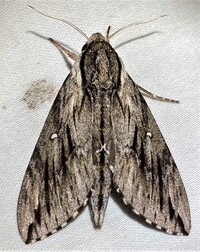
| Recorded by: Dean Furbish on 2021-08-14
Wake Co.
Comment: | 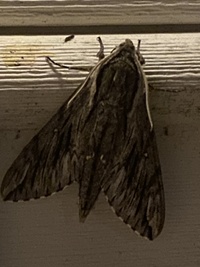
| Recorded by: David George on 2021-05-27
Durham Co.
Comment: |
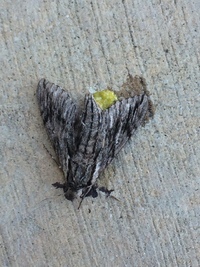
| Recorded by: Morgan Freese on 2021-04-22
New Hanover Co.
Comment: | 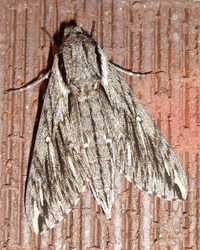
| Recorded by: Michael P. Morales on 2021-04-12
Cumberland Co.
Comment: |
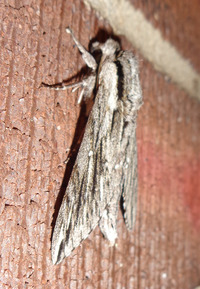
| Recorded by: Michael P. Morales on 2021-04-12
Cumberland Co.
Comment: | 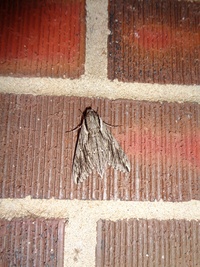
| Recorded by: Michael P. Morales on 2021-04-12
Cumberland Co.
Comment: |
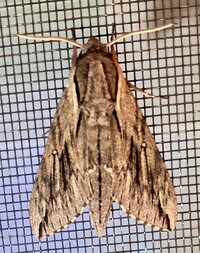
| Recorded by: Dean Furbish on 2021-04-12
Wake Co.
Comment: | 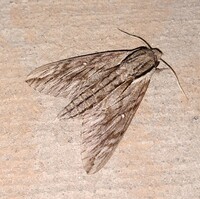
| Recorded by: Simpson Eason on 2020-09-08
Wake Co.
Comment: |
|

 »
»